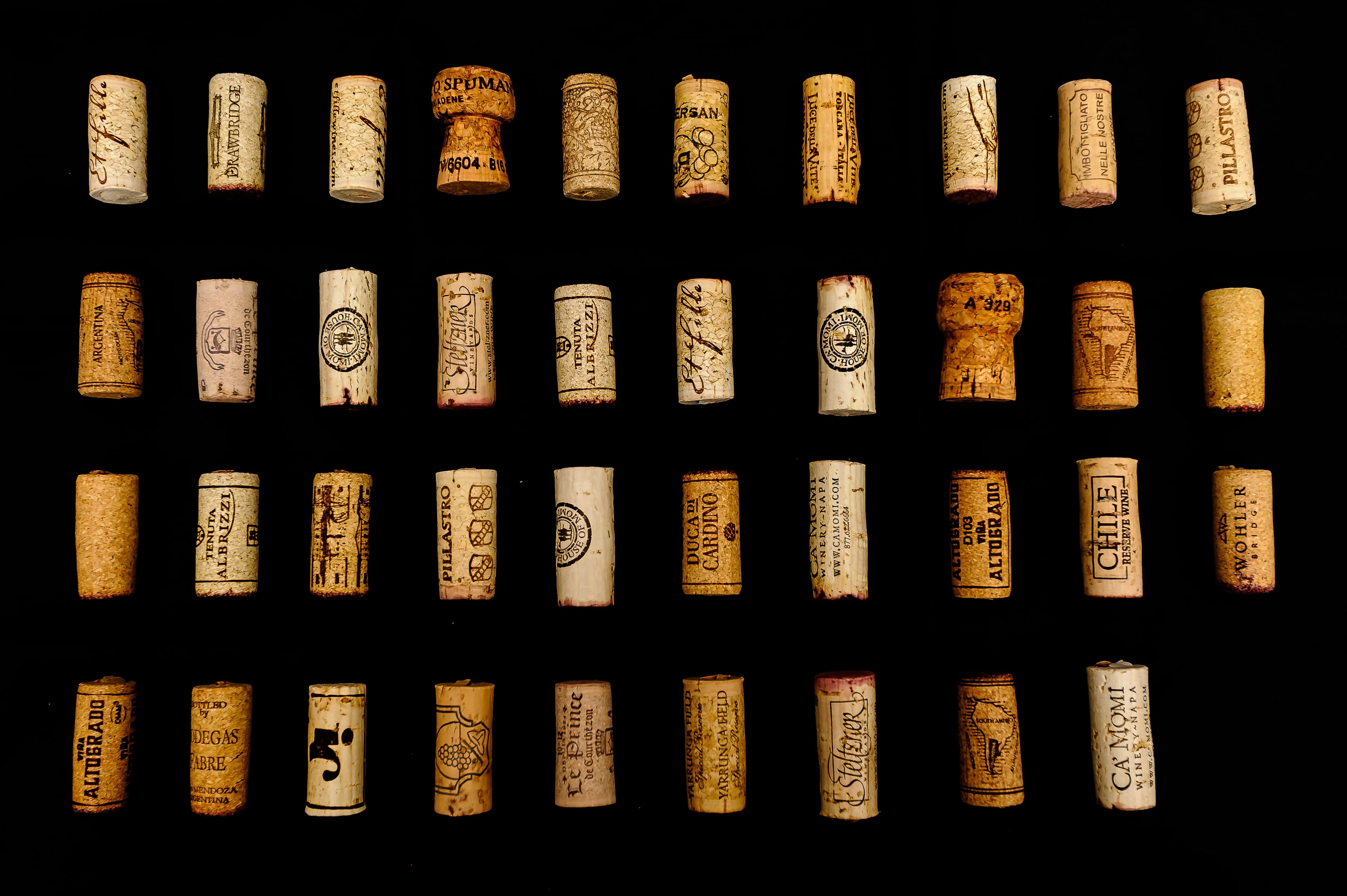Décodage des Sulfites dans le Vin
3 min de lecture
Head of Content

Sur les étiquettes de vin, nous voyons souvent « contient des sulfites », ce qui indique que les composés chimiques du dioxyde de soufre peuvent être trouvés dans le vin. Beaucoup croient que les sulfites dans le vin sont la principale raison du mal de tête après avoir bu du vin. Avec la tendance des vins à faible intervention, certains vignerons naturels affirment que les vins naturels sont sans sulfites. Que sont les sulfites dans le vin ? D'où viennent les sulfites dans le vin ? Quels sont les avantages et les inconvénients des sulfites dans le vin ?
Bien qu'étant des composés chimiques, les sulfites se trouvent naturellement dans les sources alimentaires les plus courantes que nous consommons dans la vie quotidienne, comme les œufs, les cacahuètes, le thé noir et d'autres aliments fermentés. Les sulfites servent de conservateur et sont largement utilisés dans les aliments et les boissons depuis des siècles. Les sulfites dans le vin proviennent de deux provenances : les sulfites générés par la fermentation alcoolique, et les sulfites ajoutés par le vigneron tout au long du processus de vinification. Les sulfites dans le vin agissent comme des antioxydants et des stérilisants, pour garder la saveur fruitée fraîche dans le vin et préserver le vin de la détérioration.
Cela dit, les sulfites sont-ils bons ? Pas vraiment. Une quantité appropriée de sulfites est en faveur du vin, cependant, trop de sulfites peuvent masquer la fruité et les arômes du vin, rendant le vin amer et désagréable. De plus, les dioxyde de soufre ont tendance à se réduire en sulfure d'hydrogène, entraînant des odeurs indésirables dans le vin telles que des œufs pourris, du caoutchouc brûlé et du chou bouilli, ce qui est désigné comme un défaut commun du vin, la réduction. En dehors de l'impact sur l'appréciation sensorielle du vin, les sulfites ont des effets secondaires potentiels qui peuvent également poser des problèmes de santé. Pour la plupart des gens, la quantité de sulfites dans le vin est sûre à consommer, mais pour ceux qui ont de l'asthme, les sulfites sont susceptibles d'irriter les voies respiratoires. Dans certains cas, les sulfites peuvent provoquer des maux de tête, des éruptions cutanées, un gonflement, des douleurs abdominales et de la diarrhée. Afin de protéger la santé du public, les principaux pays producteurs de vin ont une législation sur la quantité maximale de sulfites dans le vin. De nombreux pays stipulent que si le vin contient des sulfites supérieurs à 10 mg/L, il doit être écrit « Contient des sulfites » ou « Contient du dioxyde de soufre » sur l'étiquette pour informer les consommateurs. En général, le vin rouge sec contient moins de sulfites que les vins blancs, rosés ou de dessert.
Comme certains des sulfites proviennent du processus naturel de fermentation alcoolique, les sulfites sont inévitables dans le vin. Les producteurs de vin à faible intervention ajoutent généralement la quantité minimale de sulfites dans le processus de vinification. Quelques vignerons naturels choisissent de ne pas ajouter de sulfites supplémentaires au vin. Cependant, la réglementation concernant l'ajout de sulfites au vin biologique varie d'un pays à l'autre. Les vins « sans sulfites » ou « sans sulfites ajoutés » contiennent une quantité négligeable de sulfites. Néanmoins, les sulfites rendent les vins plus stables. Comparés aux vins avec sulfites ajoutés, les vins à faible sulfites nécessitent des efforts supplémentaires dans la récolte, la vinification, le stockage et le transport. Une erreur imprudente peut compromettre la buvabilité du vin, voire rendre le vin un produit défectueux.
Partager cet article











